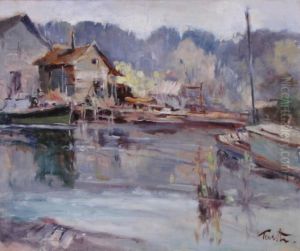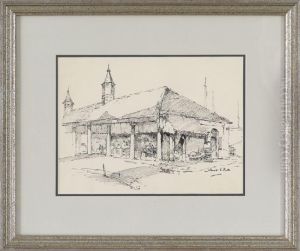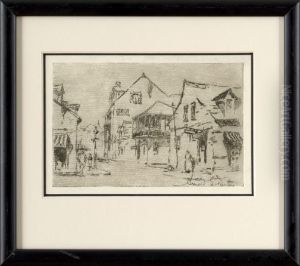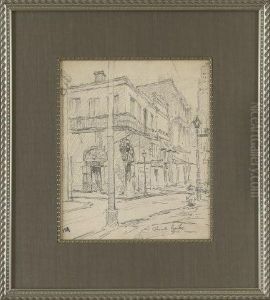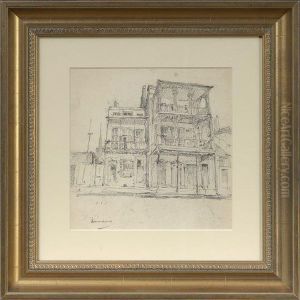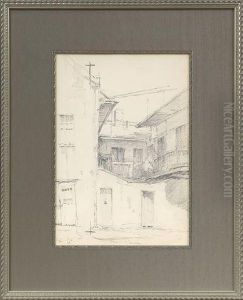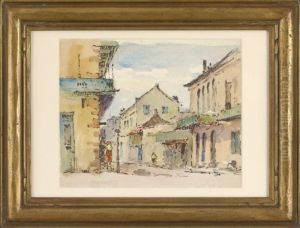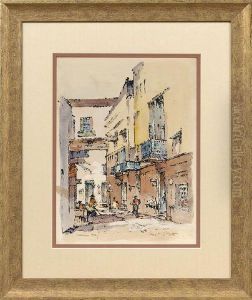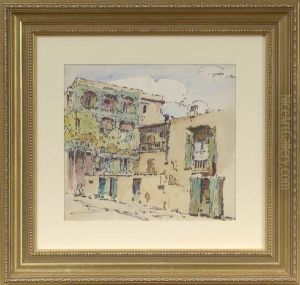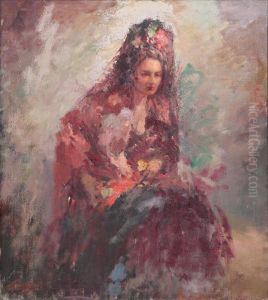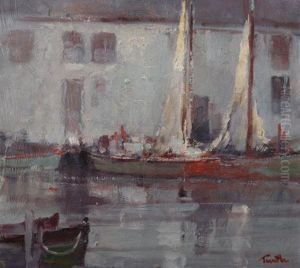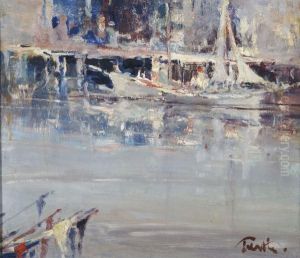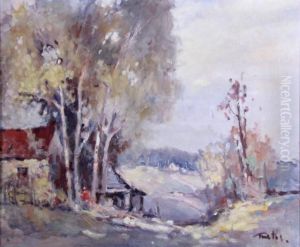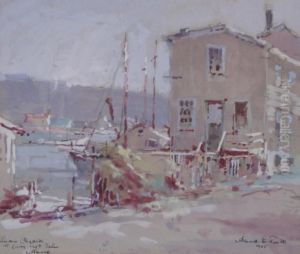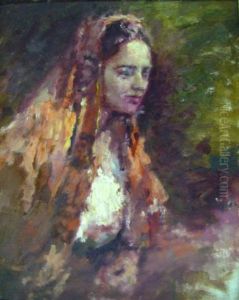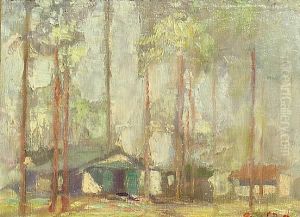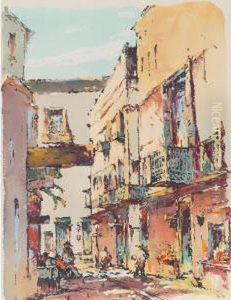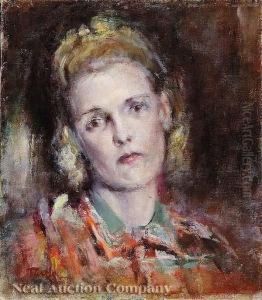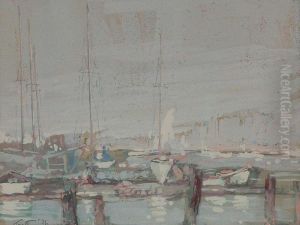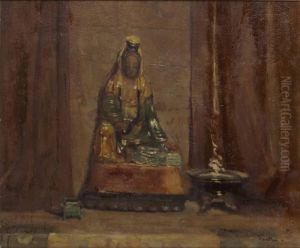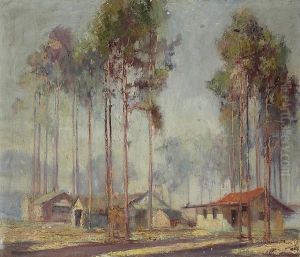Arnold Turtle Paintings
Arnold Turtle was an American painter known for his landscape and urban scene paintings. Born in England in 1892, Turtle moved to the United States where he would spend most of his life and develop his career as an artist. His early work was influenced by the Impressionist movement, which was evident in his use of light and color to capture the atmospheric effects in his scenes.
After settling in Chicago, Turtle became associated with the art community there and was a member of the Chicago No-Jury Society of Artists. His dissatisfaction with the jury system in art exhibitions led him to join this group, which was significant for its stance against the traditional jury system that often excluded many artists from participating in important exhibitions.
Turtle's paintings often depicted the urban environment of Chicago, capturing the architecture, streets, and the daily life of its inhabitants. He was skilled at portraying the mood of the city through different seasons and times of day, often emphasizing the play of light and shadow.
Despite his contributions to the art scene, Arnold Turtle remained relatively obscure during his lifetime. It was only after his death in 1954 that his work began to receive more recognition. Today, his paintings can be found in various art collections and have been exhibited in numerous galleries, contributing to the understanding of American urban landscape painting in the first half of the 20th century.
